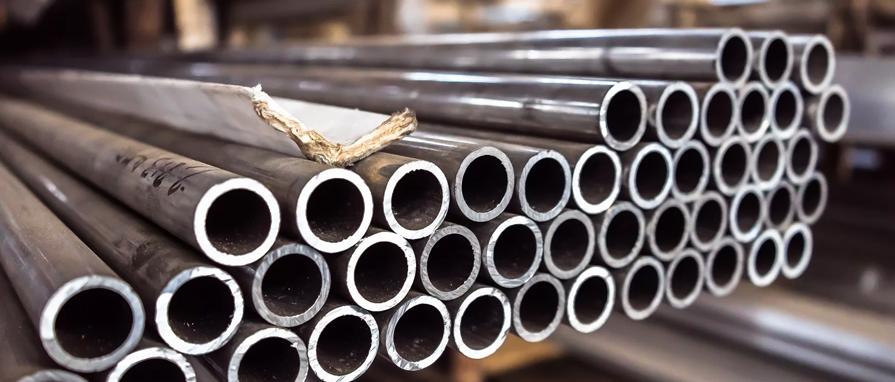What Are the Advantages of Stainless Steel 310 Pipes?

Stainless Steel 310 Pipes: What Are They?
Iron is the basis metal of Stainless Steel 310 Pipes, and it can take one of two crystalline forms depending on temperature: body-centered cubic (BCC) or face-centered cubic (FCC) (FCC). The interaction of allotropes and alloying components results in Stainless Steel 310 Pipes.
One iron atom is in the centre of each cube in the body-centered cubic arrangement of Stainless Steel 310 Pipes, whereas one is in the centre of each of the six faces of the cube in the face-centered cubic arrangement. Due to the crystal structure of SS 310 Pipes in pure iron, which provides a minimal barrier to iron atoms passing through one another, pure iron is soft, ductile, and readily created.
Stainless Steel 310 Pipes is an austenitic heat resistant alloy that has exceptional oxidation resistance up to 2000�F when gently cycled. Because of their corrosion resistance and high temperature resistance, stainless steel 310 pipes are widely utilised in the heat treatment and process sectors.
Stainless Steel 310 Pipes Have a Lot of Advantages
This alloy is often utilised in cryogenic applications due to its low magnetic permeability and durability. This alloy has undergone a high-temperature corrosion in-service test. Grade 310 combines outstanding high-temperature performance with exceptional ductility and weldability. Grades 310 have strong oxidation resistance up to 1035�C in the air and up to 1050�C in continuous usage. The grades are oxidation, sulfidation, and carburization resistant.
The most common choice among contractors is stainless steel pipes. Because stainless steel is typically disregarded in favour of alternatives such as PVC when selecting metal pipe materials for applications such as wastewater and chemical transportation. Stainless steel pipe, on the other hand, offers a variety of advantages in both industrial and commercial applications, making it a material with great value and returns on investment.
Flexibility and Strength
The capacity to adapt to a wide range of occupations is characterised as versatility. We conceive of flexible leaders as persons who can manage a variety of duties. A balanced leader is the polar opposite of a versatile leader. Anyone in a position of leadership must understand the importance of adaptation.
Safe
Stainless-steel pipe is utilised in domestic and commercial kitchens, as well as food-processing equipment, since it is much more sanitary than other forms of piping. One of the main reasons why stainless steel is utilised in hotels, medical institutions, and other establishments where hygiene is a top priority is because of this.
Worth
Stainless steel pipes are an investment in a long-lasting product that will serve your company for decades. It's a long-lasting material that's simple to care for and install. Stainless steel takes little maintenance and is unlikely to need replacement for decades owing to its corrosion resistance.
Corrosion and stain resistance
Metal pipework's deadliest enemy is corrosion. Soil and UV radiation may degrade the outside surface of steel, iron, and concrete pipelines. Corrosion, abrasion damage, and dirt collecting on the inside walls are all problems with pipes constructed of various materials. Due to stainless steel's corrosion resistance, this is an unusual occurrence. In applications such as sanitary water distribution and medical uses, stainless steel has an advantage.
Eco-friendly
Stainless steel isn't a petroleum-based material. Unlike other pipe materials, it does not require any coating or lining. When stainless steel tubing has to be changed or discarded, it is 100% recyclable, lowering environmental impact. In the United States, recycled scrap metal accounts for up to 50% of all new stainless steel production.
